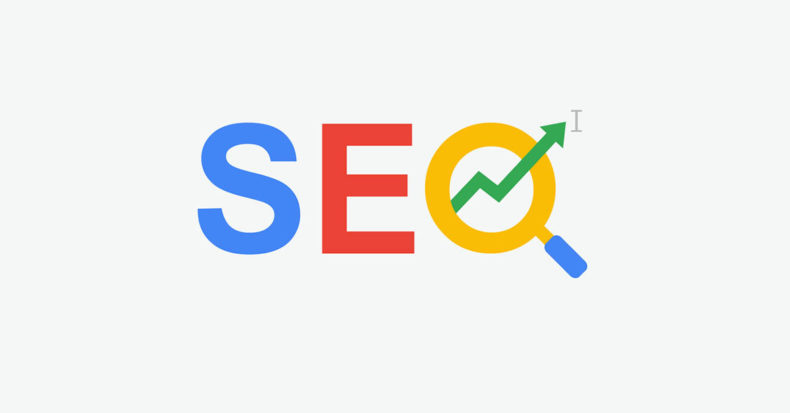
Long gone are the days when plain text was enough for your SEO-friendly content.
Today’s digital marketers have gotten far better at using photos, illustrations, and infographics. Still, there’s widespread confusion about the best way to optimize images for SEO.
It might even seem that there is no way to improve an image’s SEO performance.
Like every other part of your content, your images can be optimized for SEO. That said, image optimization is a different ballgame from optimizing text and requires some special knowledge.
Here’s how you can optimize images for SEO the right way:
1. Choose an Optimized Filename
An optimized image filename will make your image more likely to show up in Google Image Search and analogous services. Use the focus keyword of the page where the image will live as the filename. Separate the individual words with dashes.
2. Resize Your Images to Accelerate Load Times
Some content management systems trick marketers into believing they’re only loading a small-sized image by automatically resizing images according to the display size. In fact, your image will always load at the size you upload it, so you should manually resize it to speed things up.
 3. Only Use Responsive Images
3. Only Use Responsive Images
Images with the srcset attribute are considered responsive. This is what allows the system to serve up a different image width automatically to suit the user’s screen. Many website back-ends are already using this parameter, but older sites may need to have it added manually.
4. Cut File Size with Compression
Although you can save images at a lower quality to reduce file size, the best way to lower the size is with a specialized image compression utility. ImageOptim is just one of several options that can cut an image’s load time by 50% or more without sacrificing appearance.
5. Always Use the Right File Format
Most Web-friendly images appear in one of the following formats:
- JPEG: This format provides a good balance between file size and quality for general use.
- GIF: Use this format for thumbnails, decorative images, and small “flavor” animations.
- PNG: This Web-optimized format can be good for larger projects, like product images.
Beware: A file format mismatch can bring an otherwise well-structured page crashing to a halt!
6. Continuously Test Your Speed
Even if you’ve done everything to optimize images for SEO, you should still keep an eye on the performance of image-heavy pages. The experience you have while designing and testing might not reflect what your end user sees. Use Google Page Speed Insights to double-check load speed.
Modern search engines are increasingly adept at understanding the content of images. With these tips, your images will support both your SEO and your usability goals.

 3. Only Use Responsive Images
3. Only Use Responsive Images